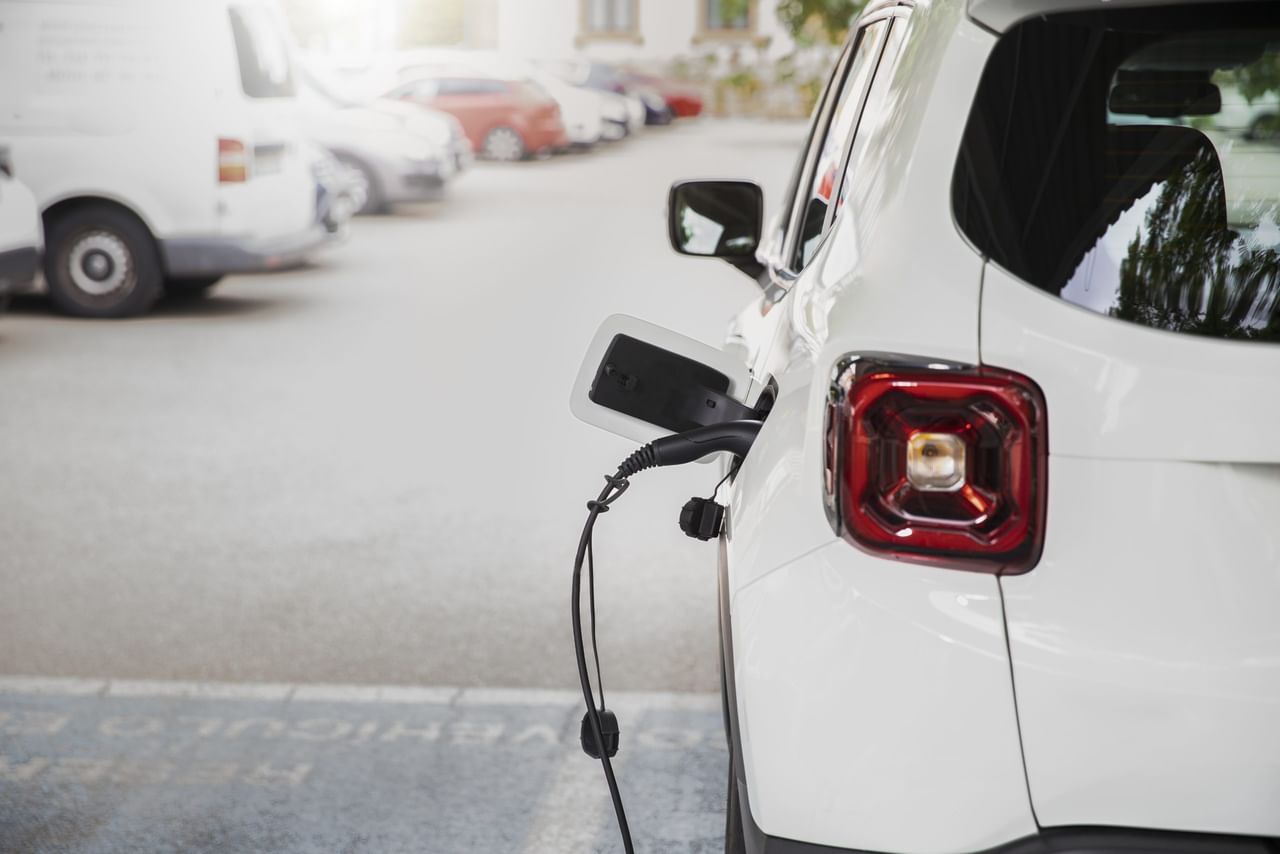5% existing car owners may opt for electric cars this year
The government is also pushing the sales of electric cars and recently relaxed the EV policy which is expected to woo foreign investors

The desire for electric cars seems to be growing in India, though slowly. In 2023-24, auto makers sold almost 4.15 million passenger vehicles. And according to a survey buy LocalCircles, 5% of existing and prospective car owners are likely to buy an electric in 2024-25.
As per records, 72,321 electric cars were registered in 2023 and the survey forecasts demand of nearly 200,000 in 2024, marking an over 175% increase over last year. Fifty-five percent of the prospective buyers want to buy an EV in the price range of Rs 8-10 lakh.
According to the survey, 44% of those keen to buy electric cars believe they will be contributing to “cleaner environment,” while 31% of them will buy to reduce impact of diesel and petrol price fluctuations.
Among the disadvantages of having an EV are higher price, not enough charging stations and lack of knowledge of the vehicles.
The government is also pushing the sales of electric cars and recently relaxed the EV policy. This policy is expected to woo foreign investment from companies like Tesla to boost domestic production and emerge as an export hub. The plans are to lower import taxes on select EVs for companies committing to investments of over $500 million and establishing manufacturing facilities within three years.
Recently Currently, the Indian electric car market is witnessing price cuts by automakers as they strive to lure more customers by making the vehicles more affordable. Electric cars currently account for just 2% of car sales in India due to the high cost, though more are being lured by lower running cost. Tata Motors is the latest to make its two popular EV models – Nexon.ev and Tiago.ev – cheaper by up to Rs 1.2 lakh by passing on the benefits of a reduction in battery price, government initiatives and production efficiency. Recently, MG Comet’s prices were slashed between INR 90,000 – INR 1.4 lakh, while Mahindra XUV400 is reported to be gearing for a facelift and a fresh launch.
The survey was carried out with 40,000 responses from consumers located in 319 districts of India. 63% respondents were men while 37% respondents were women. 42% respondents were from tier 1, 34% from tier 2 and 24% respondents were from tier 3, 4 and rural districts.
Download Money9 App for the latest updates on Personal Finance.
Related
- Top 25 Best Selling Cars in the US Q1 2025 Ford Leads Tesla Holds, and Sedans Make a Comeback
- Vegan vs Non-Vegetarian: Which Diet Is More Nutritious and Better for Your Health?
- होंडा ने हेडलाइट समस्या को ठीक करने के लिए वापस मंगवाई CB300R मोटरसाइकिलें
- RBI ने लगातार दूसरी बार रेपो दर में कटौती की, कर्ज होंगे सस्ते
- Tata Motors की वैश्विक थोक बिक्री चौथी तिमाही में 3% घटकर 366177 इकाई
- सुरक्षा मानदंडों को पूरा करने की बढ़ती लागत की वजह से दाम बढ़ा रही हैं कार कंपनियां

